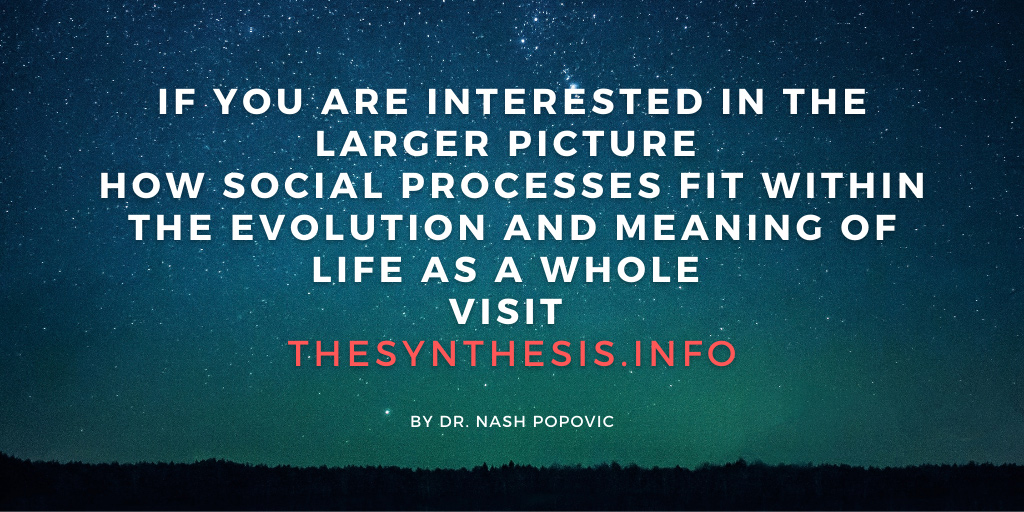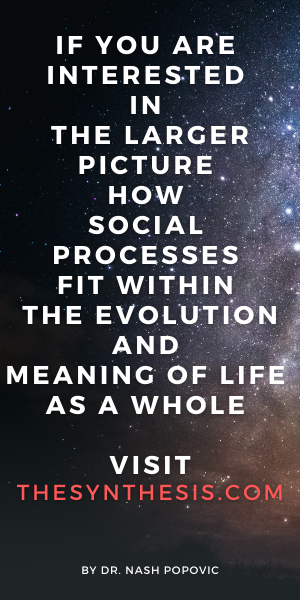The grounds for hope are in the shadows, in the people who are inventing the world while no one looks
Rebecca Solnit, Hope in the Dark
Throughout history, those who wanted to make a change would usually focus on overthrowing the existing system and smashing the resistance to change. The argument goes that we need to deal with those who have power and want to preserve the old system, as they will not give it up willingly. This type of revolution can be called the negative revolution. However, experience teaches us that such revolutions often fail and, even if they don’t, life does not necessarily turn out for the better. The vacuums that they create almost inevitably have unintended consequences. Karl Marx is arguably the best-known advocate of this type of revolution. He spent surprisingly little time and space writing about what communism would or should look like. Instead, he assumed that if we deal with what is bad, the good will arise spontaneously. This belief had catastrophic consequences for communist revolutions. The trouble with negative revolutions is not only that they are vulnerable to being hijacked, but they are also a blunt tool. The old system is all bad, the revolutionaries are all good. Such black-and-white thinking costs revolutions dearly, as some good elements of the old system get destroyed and not all revolutionaries have good intentions or enough knowledge and experience to replace the old with something better. In his autobiography, My Life, one of the chief architects of the Soviet Revolution, Leon Trotsky, described such a situation as ’legislative improvisation’: “Everything had to proceed from the beginning. There were no ‘precedents’, since history had none to offer… As a rule, matters were brought up for consideration without previous preparation, and almost always as urgent business.” We all know how that one ended.
If you are also interested in personal development that can help you make some evolutionary changes in your own life please visit personalsynthesis.com
Positive revolution or, even better, evolution is different. Let’s use an example from natural evolution. As every child knows, once upon a time, dinosaurs ruled this planet. In the margins of their ecosystem lived other, small, insignificant creatures (very few being larger than a mouse): mammals. Their odds against the much bigger dinosaurs were slim. But, in time, dinosaurs became too big and too successful for their own good. When this was combined with natural disasters and other environmental pressures, their world began to collapse. Mammals didn’t waste time fighting them though – instead, they took an opportunity to proliferate, diversify and grow – and eventually took over. Not all dinosaurs perished. Those that adapted sufficiently to play a part in the new world order (such as birds) were integrated and survived. It is rarely a good idea to apply principles from the natural world to the social world as if they were the same, but this analogy can be useful as an inspirational metaphor. The way to make a change successful is to formulate, introduce, experiment and practice (as much as possible) the new on the margins of the existing system, and by doing so get ready to take over when the disintegration of the old takes place. Admittedly, revolution is sexier than evolution, as it is more exciting and faster, but as Buckminster Fuller (1895–1983), the renowned architect, designer and systems theorist, said: “You never change things by fighting the existing reality. To change something, build a new model that makes the existing model obsolete” (in Dietz & O’Neill, 2013, p.152). Indeed, only revolutions that have had something substantial to offer prior to initiating the move, have led to a change for the better.
If you are also interested in the larger picture – how these social processes fit within the evolution and meaning of life as a whole, please visit thesynthesis.info
This is not to say that there is no place or role for those who are inclined towards revolution. Their energy will be needed not to destroy the old but to protect the fragile new. As wealth and power are now concentrated in the hands of a very few whose interest is in preserving the status quo for as long as possible, there will be some resistance and turbulence – in all likelihood, significantly so. However, all that power and wealth are unlikely to be sufficient to sustain for much longer the system that is falling apart, as they are to a large extent made of thin air. So, there is no point in wasting time and energy fighting a system that is dying anyway, but neither do we need to just sit back and go along with it. When a chance presents itself, and more and more chances (bigger and bigger cracks in the fabric of the system) do, we should be prepared to take them as opportunities and fill in these cracks with the new. Creating these pockets of the new and gradually connecting them in a web that can eventually take over is our best hope. And we can be doing it now.
Some, in fact many, have already started. On the fringes of the system, scattered throughout the globe in all countries, Western or not, there are already numerous dots that are moving away from a capitalist framework[1]. More and more people will join when they realise that there are alternatives and that these alternatives are better. The key is to map out ways in which the new social structures can begin to grow within and alongside the institutions that they may gradually marginalize and replace. This is what making change is really about. A Welsh socialist, Raymond Williams (1921–1988) said that “to be truly radical is to make hope possible, rather than despair convincing”. Instead of simply waiting for the government or somebody else to do it for us, we need to start creating changes now. What we need is not one big revolution but a continuous stream of small changes in a consistent direction (Wilkinson & Pickett, 2009, p.231-2). You are, in fact, likely to have already witnessed and experienced many projects that challenge the principles governing the existing dominant system (for example, Wikipedia). Making changes within the system if it is possible (and in many cases it is), creating parallel structures if it is not, and getting connected, can not only help forge a new trajectory but can also ease the transition. Not being able to prevent a collapse would not necessarily be a tragedy. Not being prepared to put something in its place would be. So, let’s see what we can do and how.
[1] Every chapter in these materials will highlight some examples of these dots, but they are growing so rapidly that we cannot hope to capture more than a fraction. Positive News magazine, NEF, and many other online sources are suggested for regular updates.


